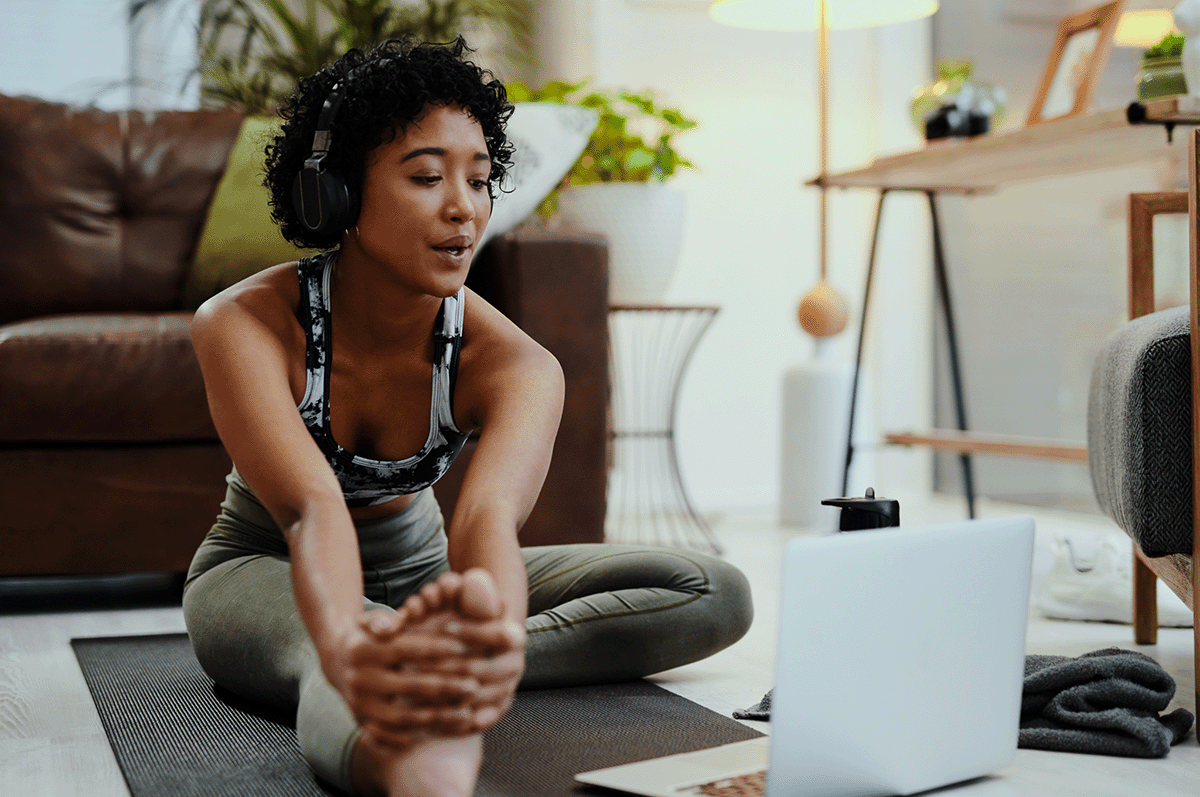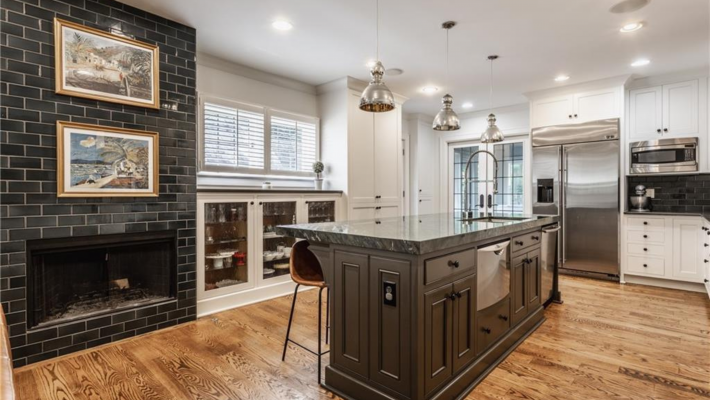The most popular New Year’s resolutions all revolve around self-improvement goals. Increased physical fitness, exercise and losing weight are always at the top of the pack.
Unfortunately, it’s easier to set a goal than it is to meet it. A lot of people find their enthusiasm for exercise, in particular, waning after just a few weeks or months into the year.
So, what can you do to prompt yourself to get back in gear and get moving toward your fitness goals? Finding ways to make your home gym more comfortable and exercise more convenient can often help.
Whether you have a whole room set aside for your home gym or just a small nook in the corner of a room, we have some ideas that should help:
Where Do You Put Your Home Gym?
With all of the demands of a modern lifestyle, it can be hard to find space for a home gym – unless you happen to have a home with rooms that are sitting empty.
You do have options, however, and you may be overlooking them. Here are some to consider:
- Bedroom corners: Depending on your lifestyle and habits, your bedroom may be less of a “living space” and more “just the room where you sleep.” If you want your exercise equipment to be unobtrusive and out of sight from the rest of the house, putting your equipment in your bedroom could be ideal. (It could also motivate you into a morning exercise routine very easily.)
- Spare rooms: How often does that dedicated guest room you keep really get used? If it’s more “spare storage” than guest room already, you may want to ditch the furniture, pare down the junk and put your home gym right there. (You can always invest in an air mattress for the occasional guest.)
- Basements: If your basement is spacious and dry, why not turn it into a home gym? You can start out by just putting your exercise equipment down there, to see how it works out. If you find yourself happy with the arrangement, you can always remodel the basement to fit your needs. (A basement gym is also ideal if you like lifting weights or blasting tunes to your workout, but don’t want to drive your family crazy with the noise.)
- Attics: The potential uses for attics can be overlooked even in small homes. With the right coat of paint and some easy remodeling work, even a bare-bones attic can become a great home gym. (Do keep in mind the fact that attic gyms are not good for heavy equipment or weights.)
- Walk-in Closets: Do you have a big walk-in closet that’s mostly filled with holiday decorations, old clothes, rarely used bowling balls and the like? Clean it out and create the cozy, private gym you’ve always wanted! (Get a storage unit to hold all that other stuff.)
- Mudrooms: A mudroom is any secondary entrance area in a home that’s designed to give people a space out of the weather to take off their shoes, coats, backpacks and the like. If your kids are grown and you don’t entertain a lot, why not make that area into your home gym? (You can put a coat and shoe rack along the side, instead of giving them a whole room.)
As a last resort, you can always look into the kind of gym equipment that’s designed to be folded up and put away while not in use – but getting into the exercise habit works easier when your equipment is visible and you don’t have to put in a workout before the workout, dragging it all out.
If you want, go ahead and invest in a few inexpensive pieces of gym equipment that can be tucked away when they’re not in use. Yoga mats and exercise bands that can be put under a couch come to mind, but so do small exercise bikes or treadmills that can be hidden inside a closet.
If it works out for you – problem solved! If it doesn’t, you may want to reassess your other options, or even consider doing some home renovations to make a dedicated “exercise zone” possible.
How Do You Make Your Exercise Space Comfortable?
To meet your exercise goals, it’s not enough to want an exercise space of your own – you also have to want to use it. Making sure that your home gym is aesthetically pleasing to you can help.
But…exercise equipment can be pretty utilitarian and ugly, right? So what can you do to make your space inviting? Here are some thoughts:
- Pick your paint carefully. Blues and greens are supposed to be soothing, so pick one of those for a yoga room, look to red, orange or yellow for high-cardio workouts, and black or gray for power-lifting.
- Add some greenery and other natural elements. Studies have shown that green spaces and increased physical activity are closely aligned. Even if you’re not actually outdoors, choosing decor that gives you that “outside feel” could help. Think easy-to-maintain plants, woven storage baskets, bamboo wall hangings and the like.
- Get organized. Nothing detracts a mind from its purpose like a lot of clutter. Use pegboard, storage shelves, trunks and other storage solutions to minimize any mess and keep the equipment chaos contained.
- Add a mirror. You can use a mirror to check your form while you jog, lift weights, do yoga asanas, use a spinner or even stretch. Plus, a large wall mirror can also make a small exercise space feel bigger.
- Put up an accent wall. Maybe you want most of your gym to have a neutral feel, but why not tie in one wall with the rest of your home’s decor? A bold choice of paint and a few motivational posters or pieces of art, can create focal points and make the room feel integrated into the house.
Final Thoughts
If you’re just now easing your way into an exercise routine, think small. Investing hundreds or thousands of dollars into renovations you aren’t sure you need or equipment you aren’t sure you’ll use can leave you feeling frustrated and intimidated. It’s okay to take things slowly and make changes as you learn more about what really motivates you to keep going.



